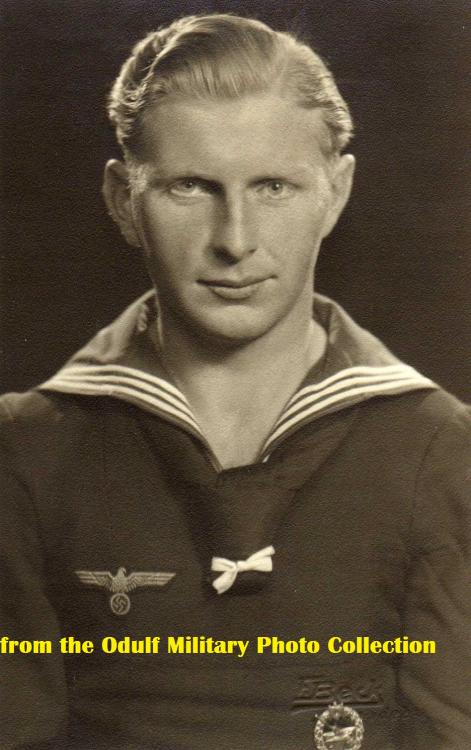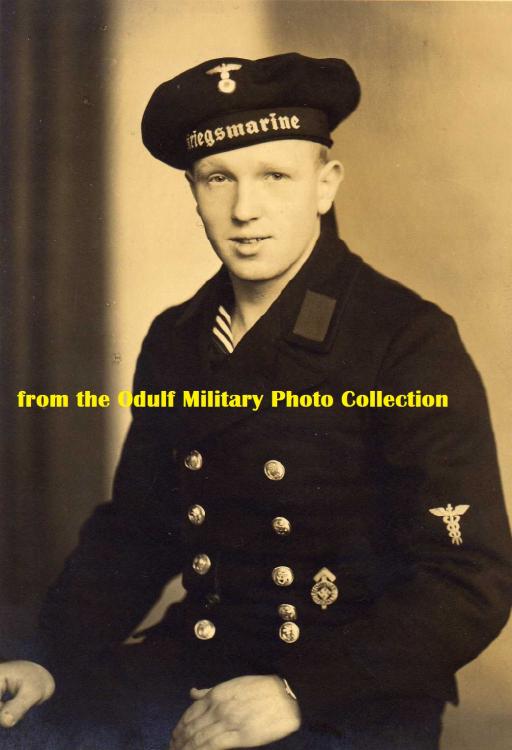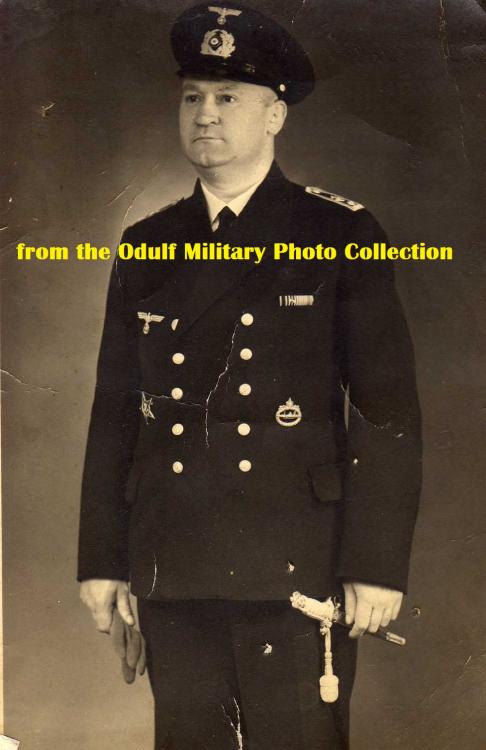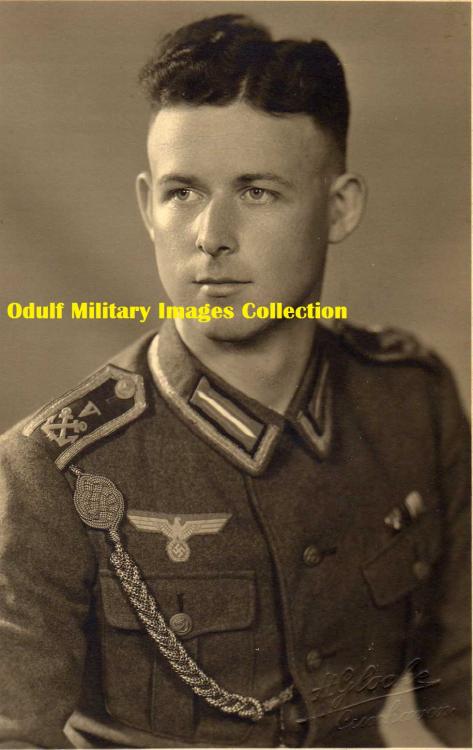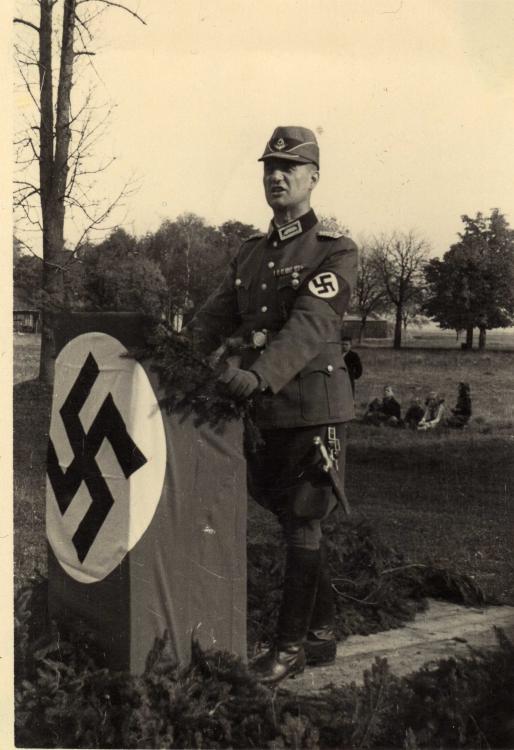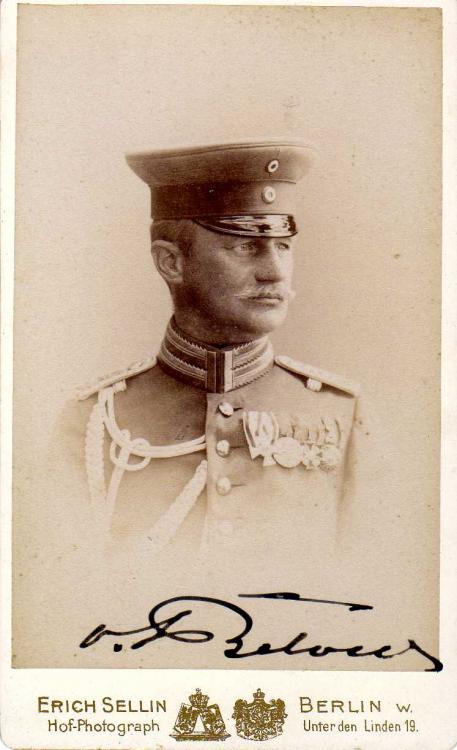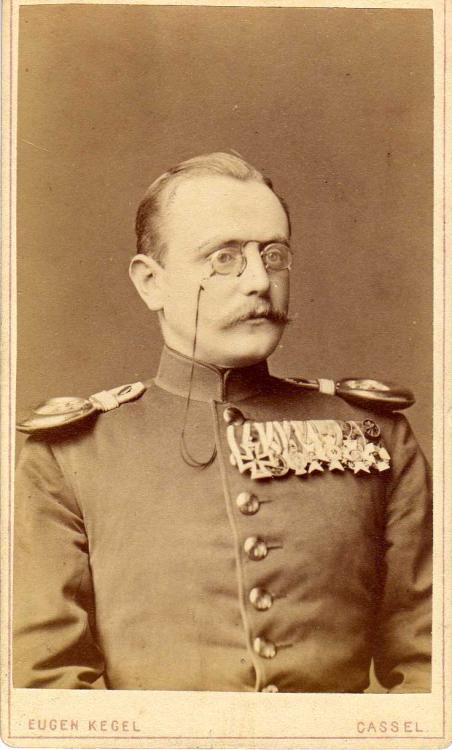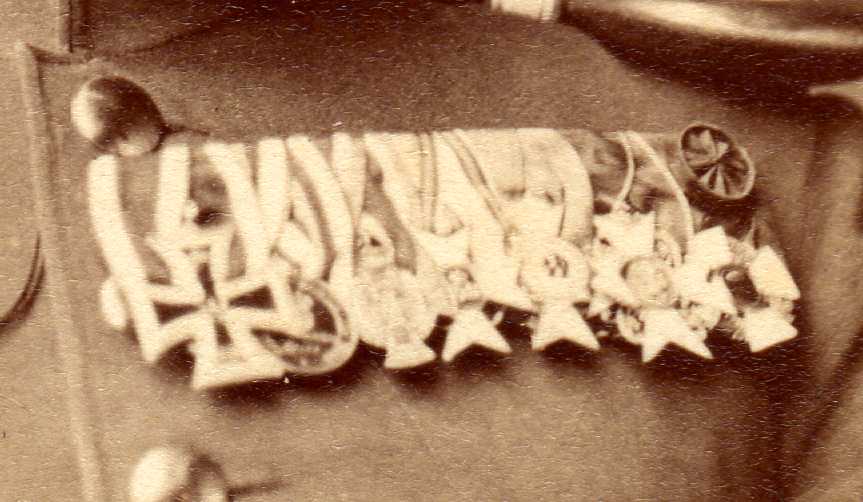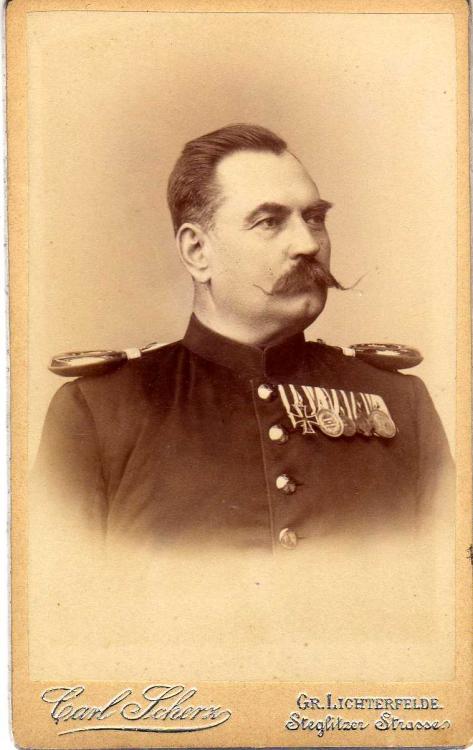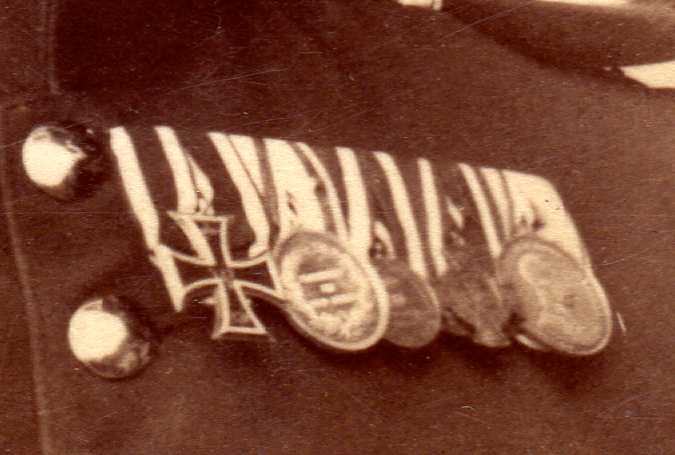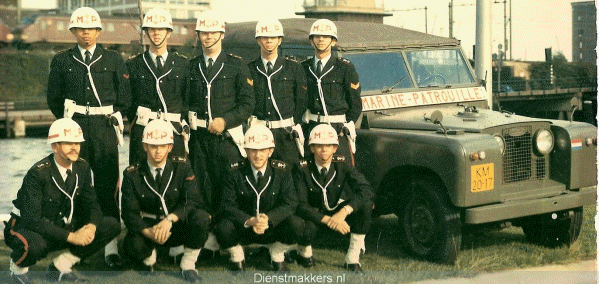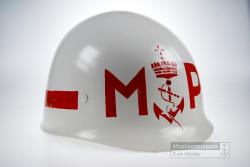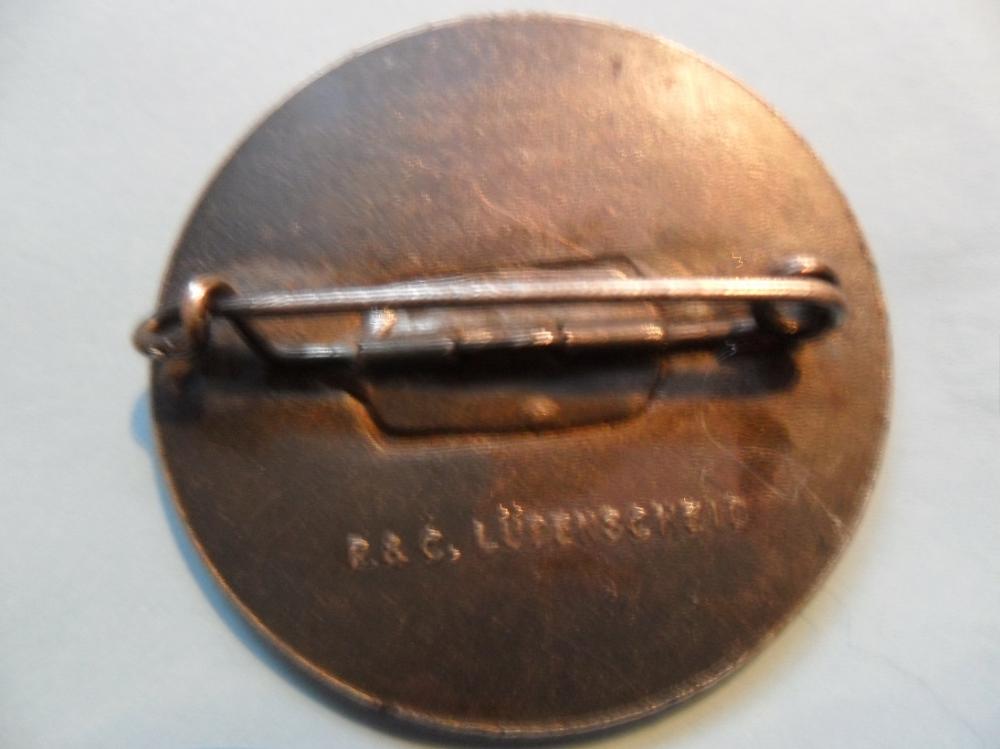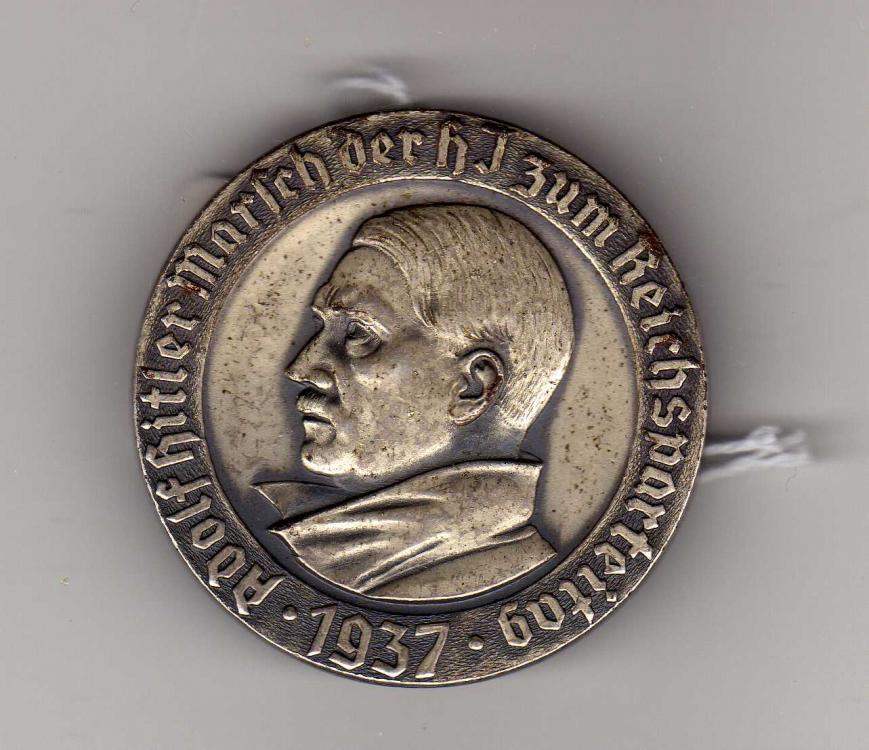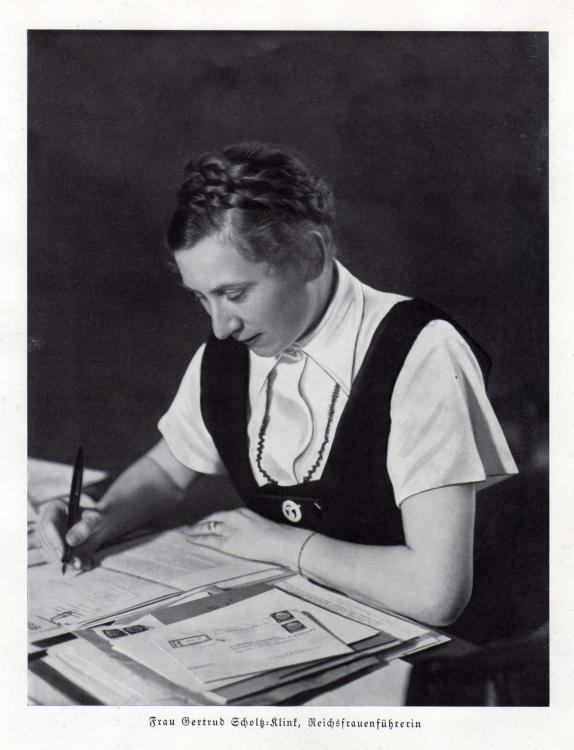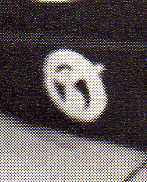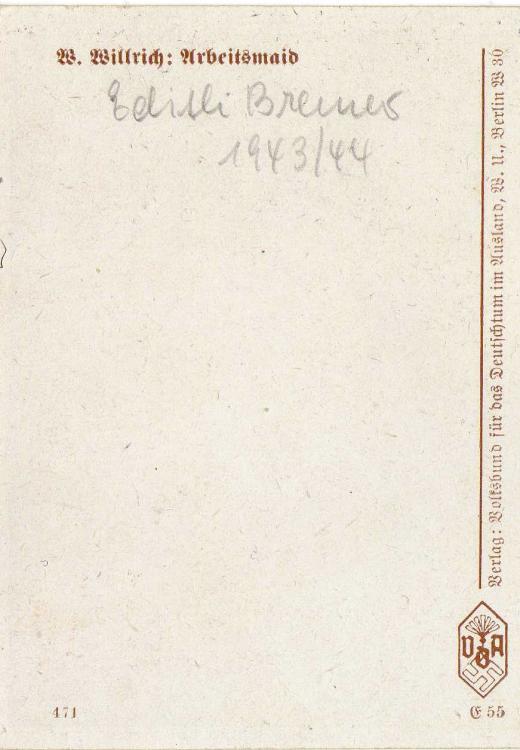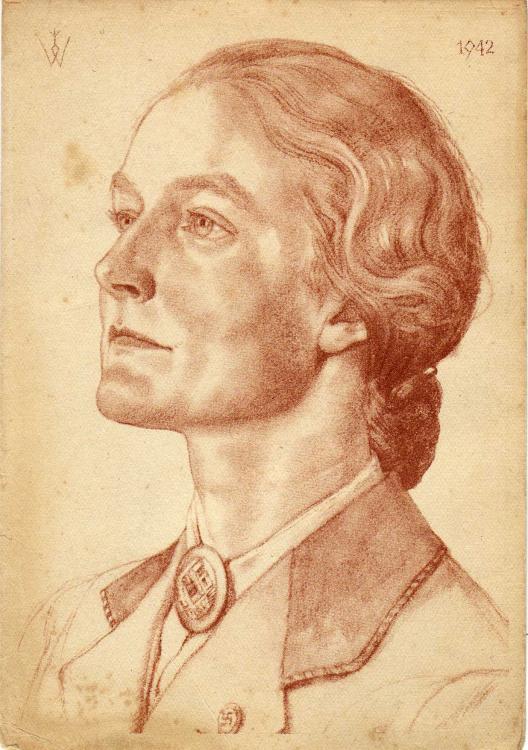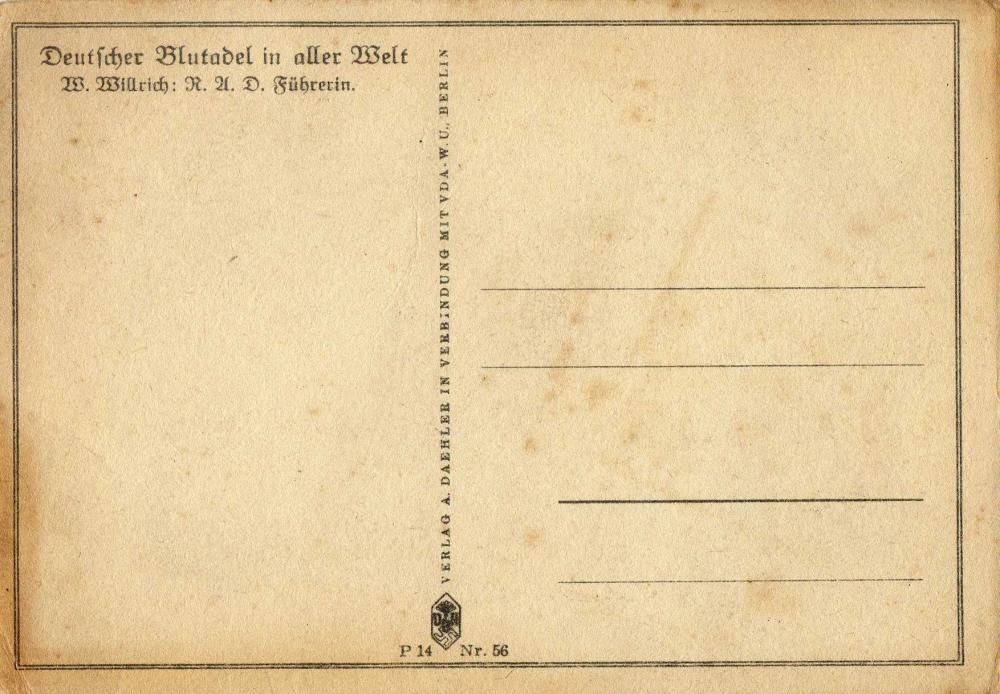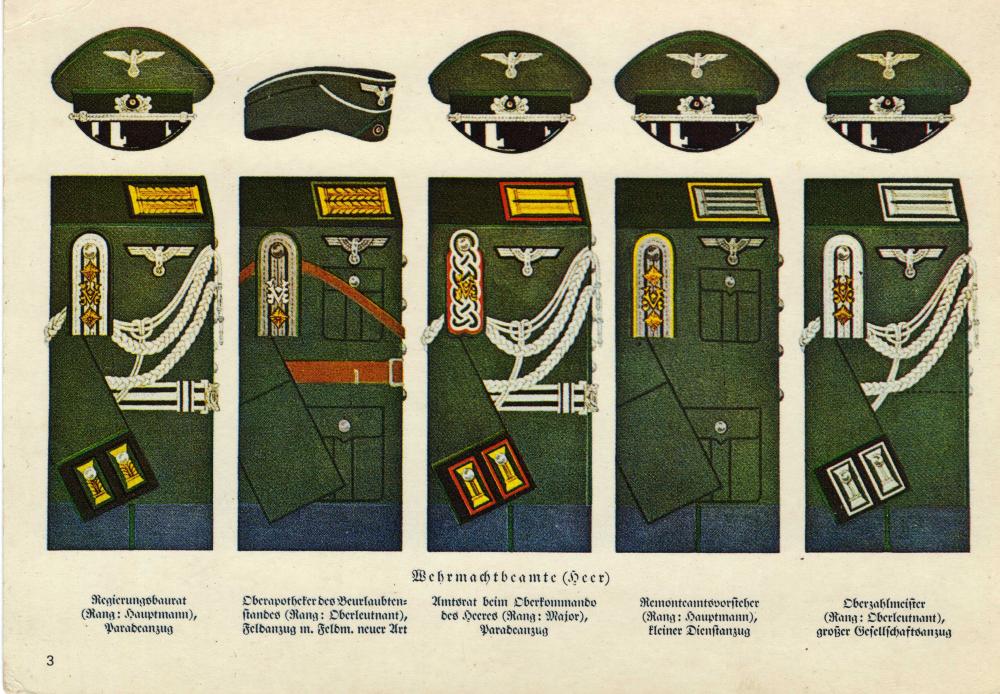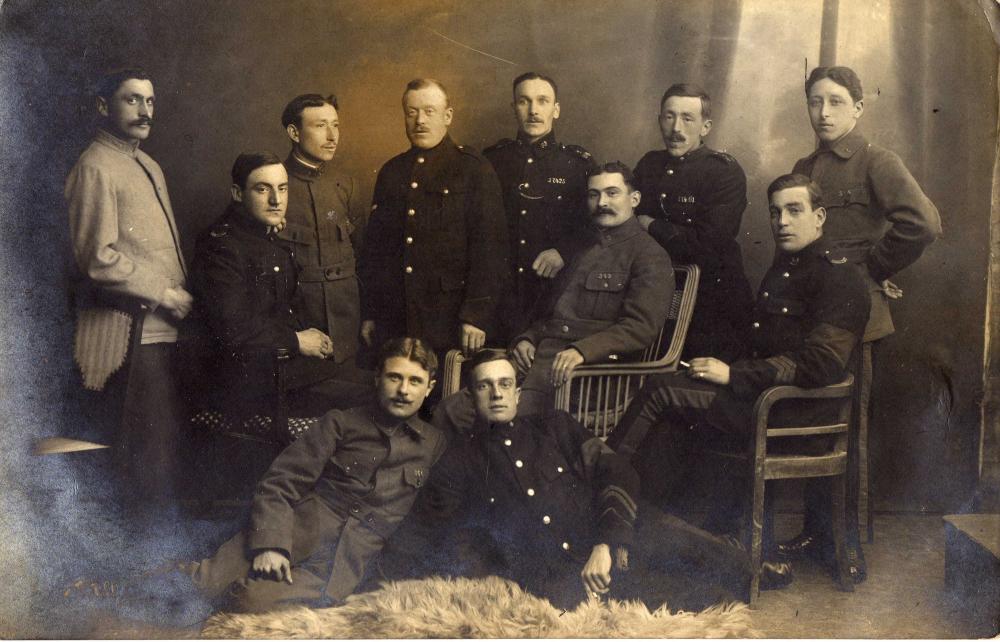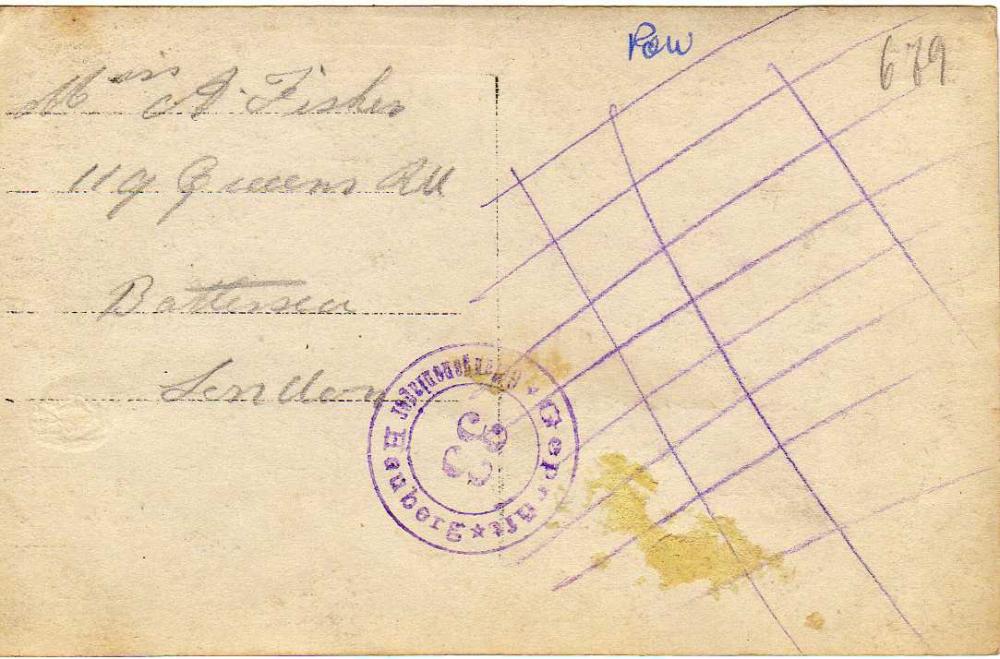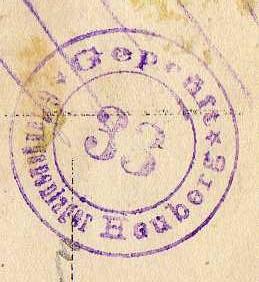-
Posts
2,143 -
Joined
-
Last visited
-
Days Won
10
Content Type
Profiles
Forums
Blogs
Gallery
Events
Store
Everything posted by Odulf
-
To the Marine-HJ sailor's hat, next dates apply: Official uniform established 15-01-1934: Light blue tally with white (silver grey) Latin lettering in capitals, and the HJ diamond. Alteration of 30-09-1938: The style of lettering on the light blue cap tally changed from Latin to Fraktur (Gothic) in white (in silver grey) script, and the (gold) colored cap eagles are to be removed, so only the HJ diamond remained. Alteration of April 1940: Coloring of the letters changed to golden-yellow. Photos show that the abolition of the eagles took some time...
-

Kriegsmarine Kriegsmarine badges in wear.
Odulf replied to Martin W's topic in Wehrmacht Medals, Decorations & Awards
Some more from my collection (I apologize for the added markings, I hate to spoil nice pictures in this way but it is to avoid piracy, I have found that also members - Gentlemen - of this forum re-use my photos whithout the courtesy of asking my permission or even naming the source). -

RNAS Badge
Odulf replied to Robert Muse's topic in Great Britain: Militaria: Badges, Uniforms & Equipment
@ Simon, The badge offered, to my opinion, is to cheap to be a modern commercial repro. However, as I put before, the construction of the badge is out of the ordinary.... My advice would be, not to pay to much for it (Caveat Emptor). -

Tom Bowker, MC, Machine Gun Corps
Odulf replied to Tim Tezer's topic in Great Britain: Orders, Gallantry, Campaign Medals
What a happy ending... I suppose that this was nearly impossible without the Internet, and many of the good people in between. In the 'good old days' when only paper ruled, this was very very hard... Thanks to all involved! -
The green steel helmet was most probably used by personnel of the the ship's landing divisions. Before 1940, a Dutch type steel helmet was worn, differing from the army type (which had an oval plate with embossed lion at the front), when used by marines, a metal anchor and crown was placed at the front, but for naval landing parties, the anchor was painted in yellow. During the war this helmet became obsolete, and crews of the Dutch Navy ships which operated from England and Australia used the British helmets. When ships were leased from the US Navy, they came fully equipped, with USN life jackets and steel helmets. Dutch Marines were employed on a Brigade level after 1945, during the Indonesian uprising and War of Independence (1945-1950). Their combat uniform was identical to the USMC, but for the breast pocket badge. Their helmets worn on shore showed no insignia.
-
Dutch Naval Police and Security Units, not Royal Netherlands Marines. This civilian organisation was named Marine Bewakingskorps (Naval Security Corps) or Werf Politie (Dockyard Police). I have seldom seen them wear white helmets, however. A similar type of helmet, but with red band, red anchor flanked by the letters M P (for Marine Patrouille) were used by members of the the Shore Patrols. These patrols were composed of Marines, and they patroled in Den Helder (the principal Dutch naval base) in the weekends, and when a squadron for the Stanaforlant or other large numbers of sailors were in town. These Shore Patrols only had jurisdiction over military personnel, and they had to maintain order and to see that after tattoo all shipmates returned to their ships and barracks. They operated in teams of 3 or 4 under a corporal, armed with truncheon and pistol. Dressed in the blue battledress, with white webbing and gaiters. Below pictures of the Marines Shore Patrol and their helmet.
-

meet the Minstrels - POWs in Germany
Odulf replied to Odulf's topic in Great Britain: Research, Documentation & History
Hi Peter, the so called Hospital Blues were of a different cut and colour (sky blue instead of dark blue). I guess that the blue uniforms worn on these photos were from old stocks. -

RNAS Badge
Odulf replied to Robert Muse's topic in Great Britain: Militaria: Badges, Uniforms & Equipment
I have never seen anything like this in a context of official military insignia. To me it looks like it was composed from 2 parts, with the inner part marked. The wreath-and-crown part reminds me of the (Army) Warrant Officers Class 2 badge of rank. So, my guess is, a sweetheart badge (however, they mostly are pin broached). Is it all in massive white metal or coloured? -
Adolf Hitler Marsch zum Reichsparteitag (AH March to the PT in Nürnberg). Of this tinnie, worn by the HJ participants who marched in collumns from all corners of the Reich to Nürnberg, are 2 variations: dated 1937 and 1938. Of this latter march, in 1940 a propaganda film was produced (available on DVD and titled; Der Marsch zum Führer). The 1937 tinnie shown bears the marking "P. & C. LÜDENSCHEID", as used by the producers Paulmann & Crone
-
These are the Commemorative War Cross (left) with the clasp JAVA-ZEE 1941-1942, for maritime actions in or near the Java Sea between December 1941 and February 1942. The medal right is the Cross for Order and Peace (strange name for a star shaped medal), with the clasp 1947. Both medals should be issued with clasps. However, the CWC was awarded without a clasp to persons who assisted the Allied Frorces as non-combattants (translaters, drivers, guides, etc.) in 1944/45. Obviously the first recipient served in the Royal Netherlands Navy.
-

Gertrud Scholz-Klink
Odulf replied to Odulf's topic in Germany: Third Reich: Research, Documentation & Photographs
Since I first posted the above photo I have added this photo shown below to my collection. Here her badge is clearly visible. -

Gertrud Scholz-Klink
Odulf replied to Odulf's topic in Germany: Third Reich: Research, Documentation & Photographs
The answer is: The Badisches Gau-Ehrenzeichen für Frauen (Baden District Badge of Honour for Women) Scholz-Klink started her career in the district Baden and she was an early NSDAP member there with her first husband. She was entitled to wear this official Badge of Honour and the Golden Party Badge. -
All experienced (and unexperienced) collectors of German propaganda postcards from the 1930s and 1940s know the magnificent output of the VDA (Volksbund für das Deutschtum im Ausland), as millions of these postcards were issued and thousands are about. A large portion of these were produced by the German artist Wolfgang Willrich, who did wonderful paintings and scetches of both soldiers and specimen of the German race, between 1934 and 1945. He was so productive that R. James Bender published a catalogue in 1990, by Klaus J. Peters, not cheap (still expensive 2nd hand) but available, and containing all of his postcards and most of his drawings and illustrations. In this volume, all (at the monent of publication known) postcards are assembled, but Willrich did much more, as he was a celebrated illustrator, and his works are spread over books, magazines and other forms of printed publications; quite an interesting man. The VDA has been active in Germany from 1881, under various names. It was not a NS organisation in the beginning, but it was finally incorporated in the "grand NS family" per 3 February 1939. Many of their insignia are to be found on militaria dealer's lists, however they were in fact not NS at birth.The VDA was an organisation who cared for the contact with and welfare of (etnic) Germans who lived outside the German borders, and in particular their education and cultural connections with the home land. To raise funds, the VDA anticipated on the nationalistic sentiments in the German society, and (street) collections, postcard selling, meetings and other fund raising activities were organised. These all were the reason why a tremendeous host of insignia (donation badges), collectors' badges, membership cards, and membership pins are about. The VDA was tightly connected with the Deutscher Schulverein, this was the branch which sought school children to connect and contribute to the general funds. Most of the postcards designed by Willrich are very common, and they can be picked up for prices below 10 Euros. However, some are harder to find, On other places within the GMIC specimen can be found. Below I would like to assemble the more scarce VDA picture postcards, however, the rarity is open to dispute... The series are all numbered and each postcard is numbered also. Two hard to find PCs from the series "Deutscher Blutadel in aller Welt": Nos. P.14-55 &56
-
Nice pics of these (old) torpedoboats, thanks for sharing Morten.
-

meet the Minstrels - POWs in Germany
Odulf replied to Odulf's topic in Great Britain: Research, Documentation & History
Thanks Paul for your investigation and reply Yes it is the reverse of the 2nd photo. Enclosed, another photo from the same guy and his pals The matter of British POW uniforms is (to my knowledge) a rather unchartered territory. As is the provenance of these blue uniforms, which were obviously also worn by the early draughts of volunteers while under training (instead of a regimental badge, they wore a regimental button on the head dress, due to the lack of insignia). Also enclosed a portrait of a volunteer to the Royal Welsh Yeomary, dressed in blue, in 1914 (probably in December).


